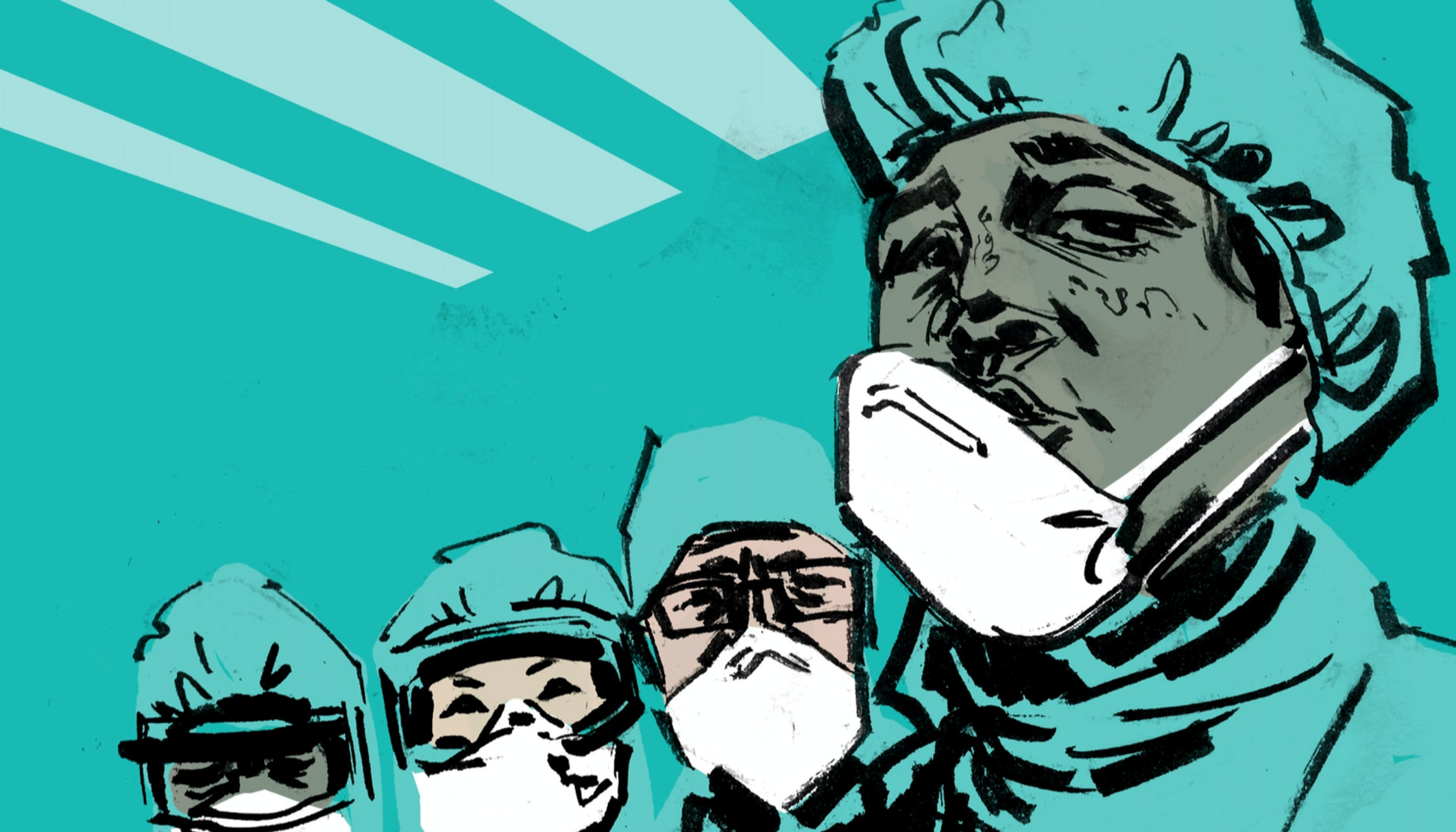September 03, 2020
How OIC’s Value-Based Implant Platform is Meeting the Moment During the Pandemic

Long before the pandemic began upending almost everything about orthopedics and life in general, the President and Chief Executive Office of The Orthopedic Implant Company (OIC), Itai Nemovicher, was hard at work pioneering a more affordable and transparent way to distribute implants.
By Patrick McGuire, ORTHOWORLD Contributor
Now, in the context of the current environment, Mr. Nemovicher’s work seems prescient. With the devastating loss of electoral surgery revenues, hospitals and outpatient surgery centers are dramatically cutting costs any way they can. OIC’s value-based model is gaining new attention in an industry that’s being motivated to find savings.
After a decade-long tenure as a sales rep at Smith+Nephew, Mr. Nemovicher’s disenchantment with opaque implant pricing inspired him to create a platform to streamline implant-centered procedures and commoditize orthopedic devices. OIC’s cost-reduction efforts have been successful in achieving cost savings. According to a yearlong study published in The Journal of Orthopaedic Trauma, use of the company’s implants was 56% less expensive compared to the average cost of competitive devices. To reduce prices further and add more transparency, OIC recently launched their One Procedure, One Price initiative, which offers set prices for implant procedures.
We interviewed Mr. Nemovicher to learn more about his company, leadership style and thoughts on COVID-19’s impact on orthopedic companies.
What drives high prices for orthopedic devices?
Mr. Nemovicher: The industry has done a great job of providing support to O.R.s and compensating sales reps, but that’s caused a reliance on industry within hospital systems. The hospital is getting labor, which is embedded into the price of the implant, and efficiencies in return for high-margin, expensive implants. There’s certainly a place for that, but I think a lot of products should be commoditized where that kind of support isn’t needed. Hospitals are still paying a premium for those products, despite not needing that kind of support.
The other part of it is the cost to market to surgeons and convert them to using products. Surgeons are creatures of habit; they’ll use what they’re trained on and it’s hard to convince them otherwise if they’re having good results. Until recently, the vendors had leverage over the hospital system because they had relationships with the surgeons. With value-based healthcare and initiatives with Medicare reimbursement, the model is changing and the pendulum is swinging toward the hospitals having a little more leverage.
How does OIC’s platform work, and how does it provide value to patients?
Mr. Nemovicher: Let’s say I’m a sales rep, and I’ve got the latest and greatest widget. I go to the doctor’s office and sell the doctor on it and try to get him to use it. He says yes, and we go to the hospital. This has changed over the past four to five years as hospitals have gotten tighter, but the way it used to work was the surgeon scheduled the case, and the sales rep brought the equipment to the hospital and got it ready for the procedure. The day of the surgery, the sales rep was in the O.R. walking the surgeon through use of the equipment. The sales rep sent the bill to the hospital.
There are a lot of problems with that. There isn’t any price transparency. The cost of the implant was unknown to the surgeon, because he wasn’t paying for that implant. If you were given a choice to buy a Porsche or a Camry and you didn’t have to pay for it, which one would you pick? From pricing transparency and knowledge perspective––studies show this––surgeons have had no idea of the price of these implants until recently. When a surgeon starts using a specific implant, they’re indebted to their sales rep until another one comes along to convince them otherwise.
In our opinion, there’s room for innovation, but most of the products we carry are for traumatic injuries and should be commoditized. A plate from Vendor A and Vendor B work equally as well, as long as the surgical technique is done correctly. A true innovation in orthopedic trauma care is probably cost prohibitive at this point because it would take something substantial to change that paradigm shift. Our model is: let’s sell directly to the hospital and educate their staff on use of our products. How long it takes doesn’t matter, as long as the hospital becomes self-sufficient. We don’t have an OIC rep coming in for every case helping with inventory management, making sure the surgeon has the right equipment and that the staff is comfortable using the products. We train the hospitals to become independent, and in exchange, offer our price points, which are between 50% to 60% less than a traditional vendor.
How does the One Procedure, One Price initiative work?
Mr. Nemovicher: A lot of hospitals have tried to do capitated pricing, wherein the hospital pays the vendor one fixed price, regardless of what equipment is used. That works well when you know how many components are going into the patient. The problem with trauma is, with broken bones, you’re not sure how many screws or plates you’re going to use. If I break my femur, it could need 15 different components or it could need four. It depends on the fracture and the surgeon. We said, let’s have one set price for that procedure, regardless of the components and the disposables that are used. That way, hospitals and surgical centers can budget accordingly and be transparent with their patients.
Every healthcare company says that they care about the well-being of their patients, but genuine compassion seems to be a major motivator for founding your company. How has compassion impacted your role as CEO over the past decade?
Mr. Nemovicher: Changing a culture that’s been embedded for the past 40-plus years has been difficult. In complete transparency, it’s been tempting to go toward the traditional model. It would be easy for me to become a traditional vendor, hire seasoned reps, pay them a lot of money and charge a premium on my product. I guarantee our company would be six to ten times larger than it is today, but that goes against our vision and why we started the company. Our first mission is our social responsibility to patients and driving down the cost of care. Second is ensuring that we make a profit in order to survive.
How is the pandemic impacting OIC, and what advice would you give to fellow orthopedic device CEOs right now?
Mr. Nemovicher: Because we’re a trauma company, trauma never went away. All elective procedures were put on hold when things locked down. People were home, but they still hurt themselves. The pandemic hit us because there was a decline in things like mountain biking and car accidents. But as a whole, our company weathered the storm because our products are used in non-elective procedures. My advice to my colleagues would be to diversify their portfolios by adding non-elective products. There’s an upside to every situation, and one upside to COVID is that the awareness of value and the cost of care has dramatically increased.
